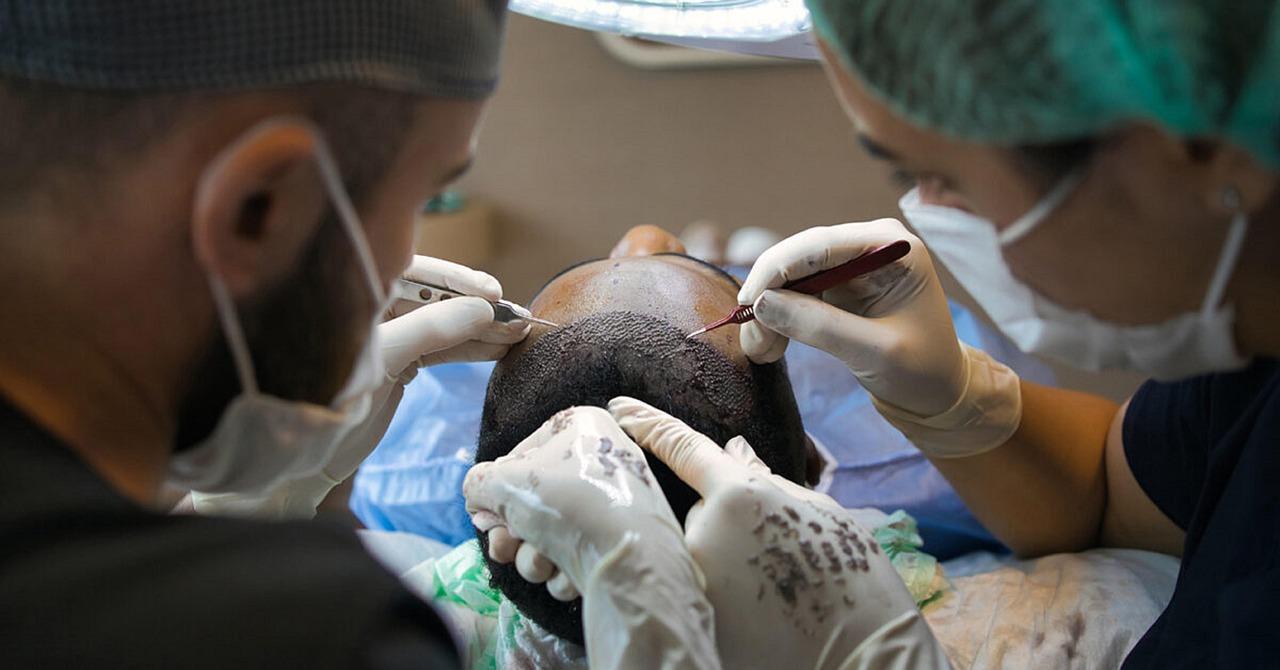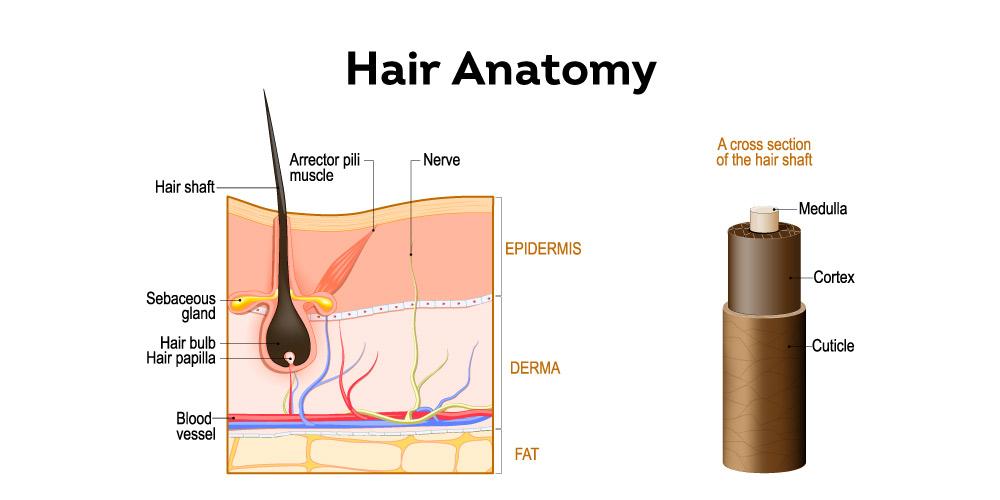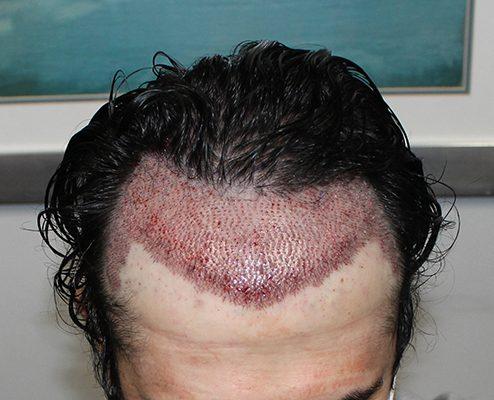In a world where first impressions often hinge on our appearance, the quest for a full head of hair remains a prominent desire for many. From celebrity endorsements to social media testimonials, hair transplants have surged in popularity as a celebrated solution to combat hair loss. But amidst the glittering promises of renewed confidence and youthful vitality, a pressing question lingers: Is a hair transplant truly a permanent fix? In this article, we delve into the science behind hair transplants, examining their long-term efficacy, the biological factors at play, and the realities that patients should consider before taking the plunge. Join us as we unravel the truths and myths surrounding this transformative procedure, offering insights that go beyond the surface to help you make an informed decision about your hair restoration journey.
Understanding Hair Transplants and Their Longevity
Hair transplants have gained meaningful popularity as a solution for hair loss, with many individuals seeking to restore their mane through this surgical procedure. Understanding the fundamentals of hair transplants is essential to grasping their effectiveness and longevity. At heart, the procedure involves relocating hair follicles from a donor site—typically the back of the head—to the balding areas. The concept behind this technique is rooted in the principle that hair follicles from areas resistant to balding can grow successfully in recipient zones.
but how long do these transplanted hairs last? Generally, the longevity of a hair transplant can hinge on several factors, including individual biology, technique used, and post-operative care.Patients with stable and healthy hair follicles can expect a significant percentage of their newly transplanted hair to thrive long-term. Though,it is indeed crucial to note that while transplanted hairs are typically permanent,surrounding hair may continue to thin over time due to genetic or environmental influences.
| Factors Affecting Longevity | Description |
|---|---|
| Genetics | Personal history of hair loss can predict future thinning. |
| Post-Operative Care | Appropriate care post-surgery can enhance outcomes. |
| Procedure Method | Techniques like FUE and FUT have different implications. |
ultimately, while hair transplants can offer a permanent solution to hair loss for many patients, they are not a “cure-all.” Regular maintenance and lifestyle choices play a vital role in preserving not only the transplanted hair but also existing strands. those considering a hair transplant should engage in comprehensive consultations with healthcare providers to align expectations with realistic outcomes, ensuring both satisfaction and hair health in the long run.

The Science Behind Hair Follicle Survival
The longevity of hair follicles is primarily attributed to a unique biological structure and their lifecycle. Hair follicles are embedded in the dermal layer of the skin and go through a complex cycle, which consists of three main phases: anagen (growth), catagen (transitional), and telogen (resting). During the anagen phase, which can last from two to six years, hair follicles are highly active, producing new hair cells rapidly. This phase is crucial for ensuring thick and lush hair. Understanding this cycle is key to recognizing how and why hair transplants can be effective long-term solutions.
A significant factor in the survival of transplanted hair follicles is their ability to retain their genetic coding from the donor area. When hair follicles are harvested from regions unaffected by androgenetic alopecia (common male or female pattern baldness), they maintain their resistance to hair loss despite being relocated.This is primarily becuase of the dermal papilla cells at the base of the follicle,which communicate with other cells to spur hair growth. Studies have indicated that these cells carry a memory of their original location, allowing them to adapt and thrive in a new environment even years after the transplant.
Moreover, the condition of the scalp and surrounding tissue plays a critical role in follicle survival post-transplant. Variables such as blood supply, nutrition, and hygiene directly influence the health of transplanted follicles. A rich blood supply ensures that follicles receive the necessary nutrients and oxygen, enhancing their chances of survival. additionally,maintaining a clean scalp and following aftercare instructions is essential for preventing infections that can compromise the viability of the implanted hair. In essence,a blend of biological factors and post-operative care determines the permanence of results from hair transplants.

Factors Influencing the Permanence of Transplants
The permanence of a hair transplant largely hinges on several key factors, each of which plays a critical role in determining the overall success and longevity of the procedure. One of the primary influences is the quality of the donor hair. Typically, hair follicles from the back and sides of the head are most robust and resistant to the hormone dihydrotestosterone (DHT), which is a primary contributor to hair loss. If the donor area is strong, the likelihood of accomplished integration and permanence increases significantly.
Another essential element is the skill and experience of the surgeon. A proficient and knowledgeable surgeon can optimize the transplant process by ensuring that hair follicles are harvested and implanted correctly. Technique matters as well, with methods like Follicular Unit Extraction (FUE) or Follicular Unit Transplant (FUT) each offering different benefits and outcomes. The precision with which hair follicles are placed can directly affect how natural the results look and their longevity.
Lastly, post-operative care and lifestyle choices cannot be overlooked.Following the procedure, patients must adhere to specific care instructions to promote healing and protect their new hair follicles. Factors like diet, stress levels, and adherence to aftercare products can greatly influence the durability of the transplant. Below are some common considerations that can impact permanence:
- Diet: A balanced diet rich in vitamins and minerals supports hair growth.
- Stress Management: Reducing stress can minimize hair loss and promote better growth.
- Regular Follow-ups: Routine visits to the surgeon can help monitor hair health and address issues early.

Best Practices for maximizing Hair Transplant Success
To ensure the best possible outcome from your hair transplant, adhering to essential practices is pivotal. Pre-operative planning plays a crucial role in determining the success of the procedure. Patients should engage in thorough consultations with their surgeon, discussing expectations, desired outcomes, and understanding the techniques used. Additionally, maintaining a healthy lifestyle by consuming a balanced diet rich in vitamins and minerals can definately help strengthen hair follicles prior to surgery. It’s advisable to avoid alcohol and smoking,which can impact blood flow and overall health,thus hindering the healing process.
Post-operative care is equally important for optimizing results.Following the surgeon’s aftercare instructions meticulously, especially during the initial recovery phase, is vital. Key practices include:
- Avoiding direct sunlight: Protect the scalp from UV rays to prevent damage to the transplanted area.
- Maintaining cleanliness: Regularly clean the area as advised to prevent infection and promote healing.
- Gentle handling: Avoid touching or scratching the scalp to prevent dislodging grafts.
It’s also beneficial to schedule follow-up appointments with your surgeon to monitor progress and address any concerns. Implementing long-term care strategies is essential to maintaining the health of both the transplanted hair and the surrounding hair. Regular use of topical treatments, such as minoxidil, may be recommended to support hair growth.Additionally, consider integrating a supplement regimen to ensure continuous health benefits for the hair follicles. Below is a simple table illustrating key post-operative care practices:
| Practice | Description |
|---|---|
| Avoiding Strenuous Activities | Limit physical exertion for at least two weeks to promote healing. |
| Hydration | Drink plenty of water to aid recovery. |
| Regular Check-ups | Meet with your surgeon periodically to track progress. |
To Conclude
the question of whether a hair transplant is permanent hinges on a blend of science, individual biology, and ongoing advancements in the field of hair restoration. While many patients enjoy lasting results, factors such as hair loss progression, genetic predisposition, and postoperative care can influence outcomes. As we move forward into an era of increasing innovation in hair restoration techniques, it is essential to approach each case with realistic expectations and informed perspectives. Whether you’re contemplating this procedure or simply curious about its permanence,staying informed and consulting with experienced professionals remains paramount. Remember, our relationship with hair is as complex as the strands themselves, and understanding the science behind its restoration is the first step toward making empowered choices for your journey ahead.
